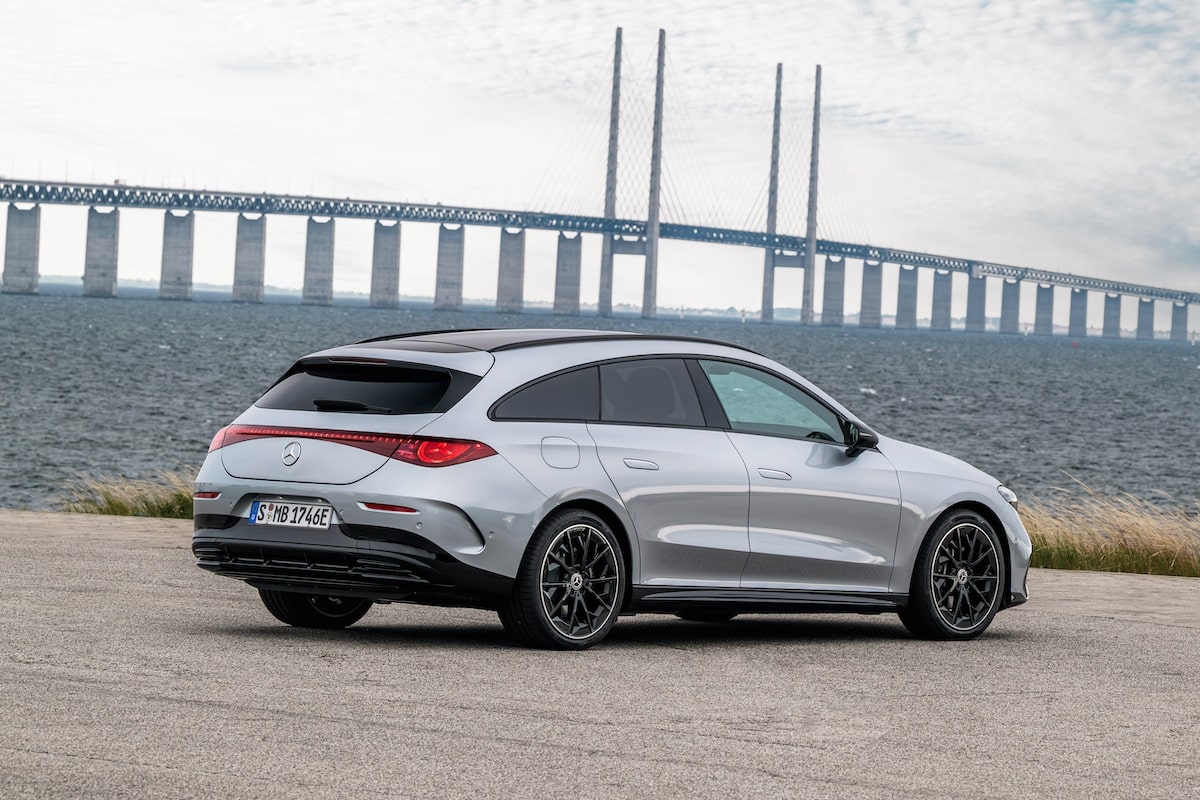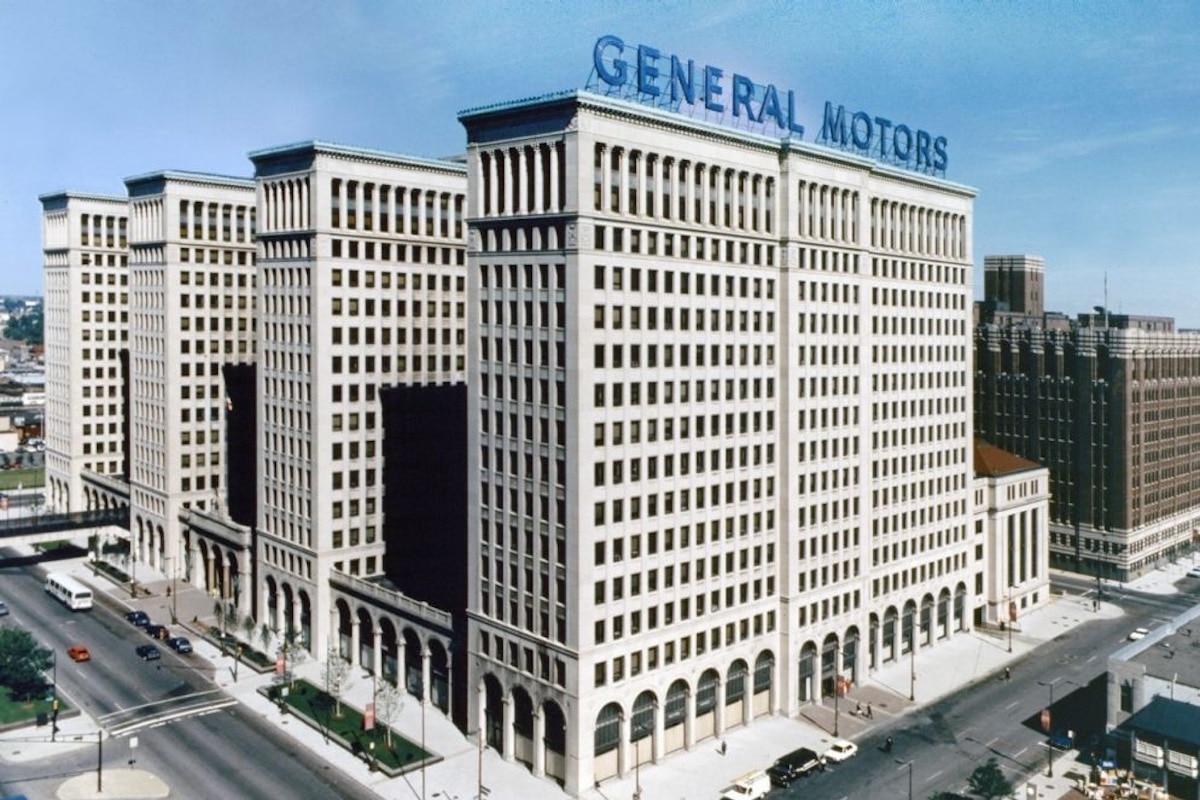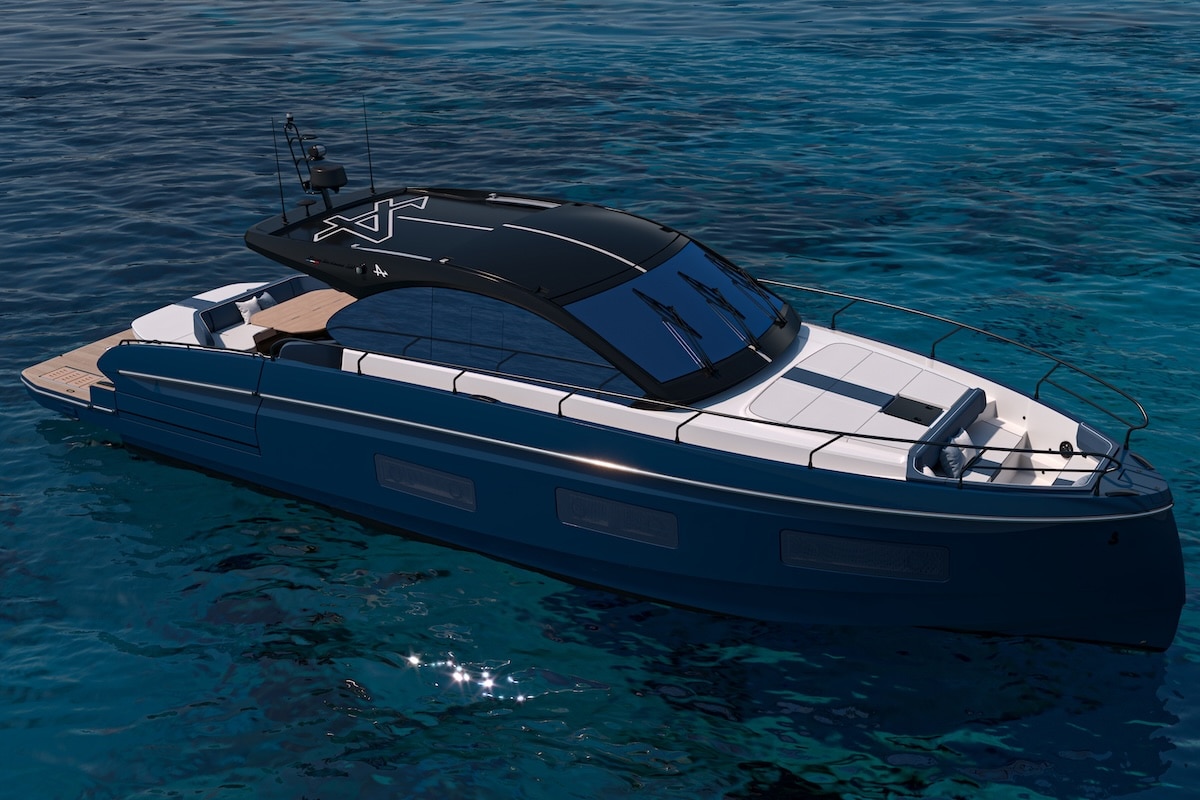What is the “luxury tax” on certain vehicles in Canada?

In a country without an automotive industry, Canada heavily taxes very expensive cars. Here’s why the idea isn’t so silly.
In France, there is an ecological penalty that punishes the most polluting vehicles. In Canada, since September 1, 2022, there has been a federal tax known as the Luxury Tax, which specifically targets certain vehicles, boats, and aircraft based on their value.
Thus, cars and airplanes priced over 100,000 Canadian dollars (approximately 67,000 euros) are targeted, as well as boats valued at over 250,000 Canadian dollars (about 167,000 euros).
The introduction of this tax is part of a policy aimed at taxing luxury goods more and increasing revenue for the federal government. It operates on a progressive logic, where individuals who can afford luxury products contribute proportionally more to public finances.
Some vehicles are exempt from this tax, including those intended for commercial use, vehicles adapted for people with disabilities, or aircraft used for commercial operations such as the air transport of passengers or goods.
What is the amount of the tax?
The amount of the tax is calculated to maximize the contribution of the owner of the luxury item. The tax corresponds to the greater of the following amounts:
- 10 % of the total value of the vehicle, boat, or aircraft concerned.
- 20 % of the value exceeding the threshold (100,000 CAD for cars and airplanes, 250,000 CAD for boats).
For example, for a car valued at 150,000 CAD (100,000 euros), the tax would be 15,000 CAD (which is 10% of 150,000 CAD) or 10,000 CAD (which is 20% of the 50,000 CAD exceeding the threshold). In this case, the applicable tax would be 15,000 CAD (10,000 euros).
The tax is collected by dealers or sellers at the time of purchase or during the first registration in Canada. The collected amounts are then transferred to the federal government.
This tax has generated various reactions. Some consider it a fair measure, allowing for proportional taxation of luxury goods based on their value. The idea is thus seen as a measure of social justice. It may reduce inequalities by imposing a heavier tax burden on the wealthiest individuals.
Context of the automotive industry in Canada
Canada has assembly plants and manufacturing activities related to the automotive industry, but these operations are generally subsidiaries of large foreign companies, such as those based in the United States or Japan. The country does not have a major national car brand that could be directly impacted by a luxury vehicle tax, leading to less political pressure from lobbying groups on this tax.
According to initial projections, the Luxury Tax is expected to generate about 163 million Canadian dollars (108 million euros) per year. This is a relatively modest amount. The idea is rather to reduce capital flight through a trade balance that is significantly negative concerning the automotive industry.
ALSO READ: Tesla: the saga of the 700 € hubcaps continues in Canada
This page is translated from the original post "Qu’est-ce que la “luxury tax” sur certains véhicules au Canada ?" in French.
We also suggestthese articles:
Also read






